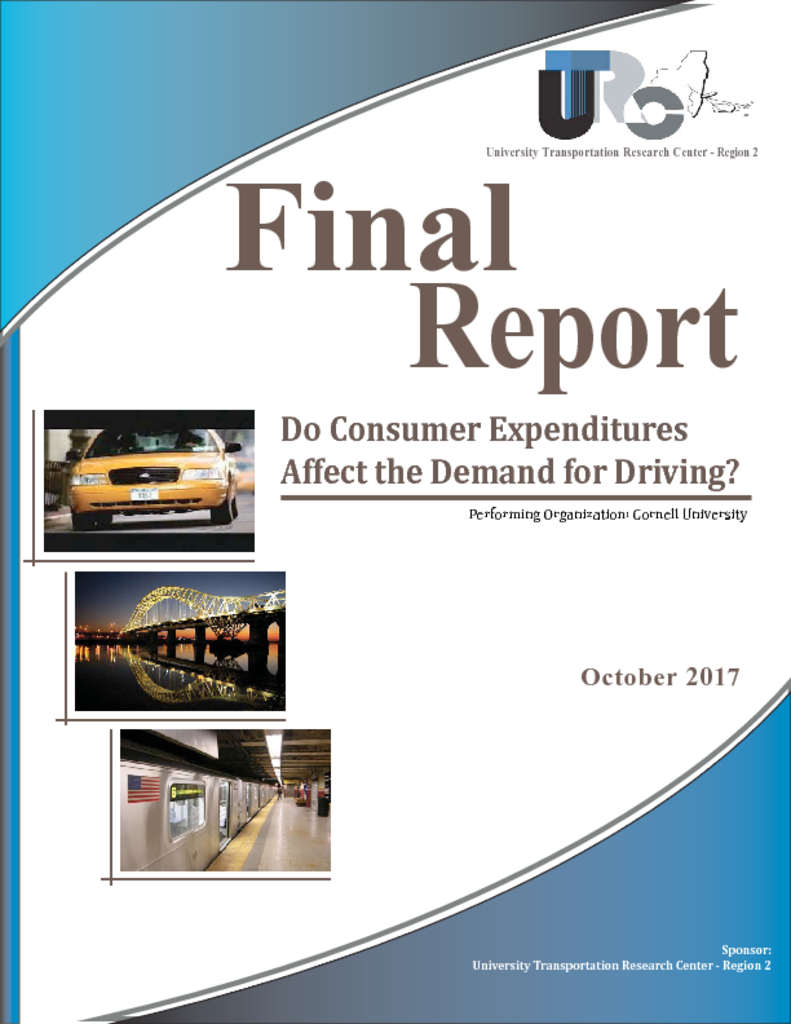We examine why American driving fell between 2004 and 2014, and consider how planners should respond. We weigh two competing explanations: that the driving downturn was caused by “Peak Car”— a voluntary shift away from driving, and that it was caused by economic hardship. We analyze an array of aggregate data on travel, incomes, debt, public opinion and Internet access. These data are imperfect, as they lack the precision of microdata, but they are available annually for the years before during, and after driving’s decline. We find little evidence supporting Peak Car. If Americans voluntarily drove less, they should have used other modes more. However, even as the US dramatically expanded its supply of public transportation and bicycle infrastructure in the 2000s, demand for these modes remained flat or declined while driving fell. Our evidence is consistent, in contrast, with the economic explanation.


